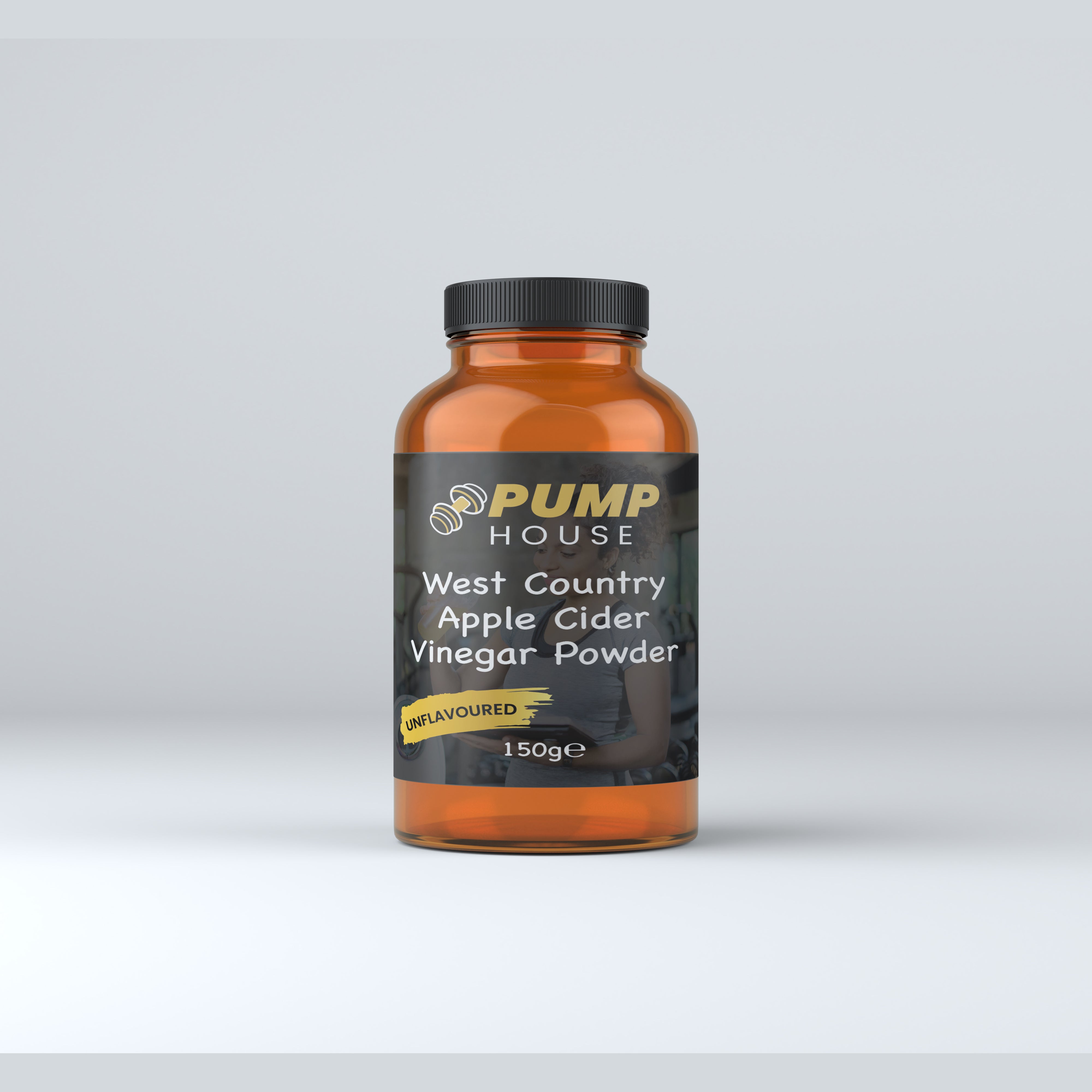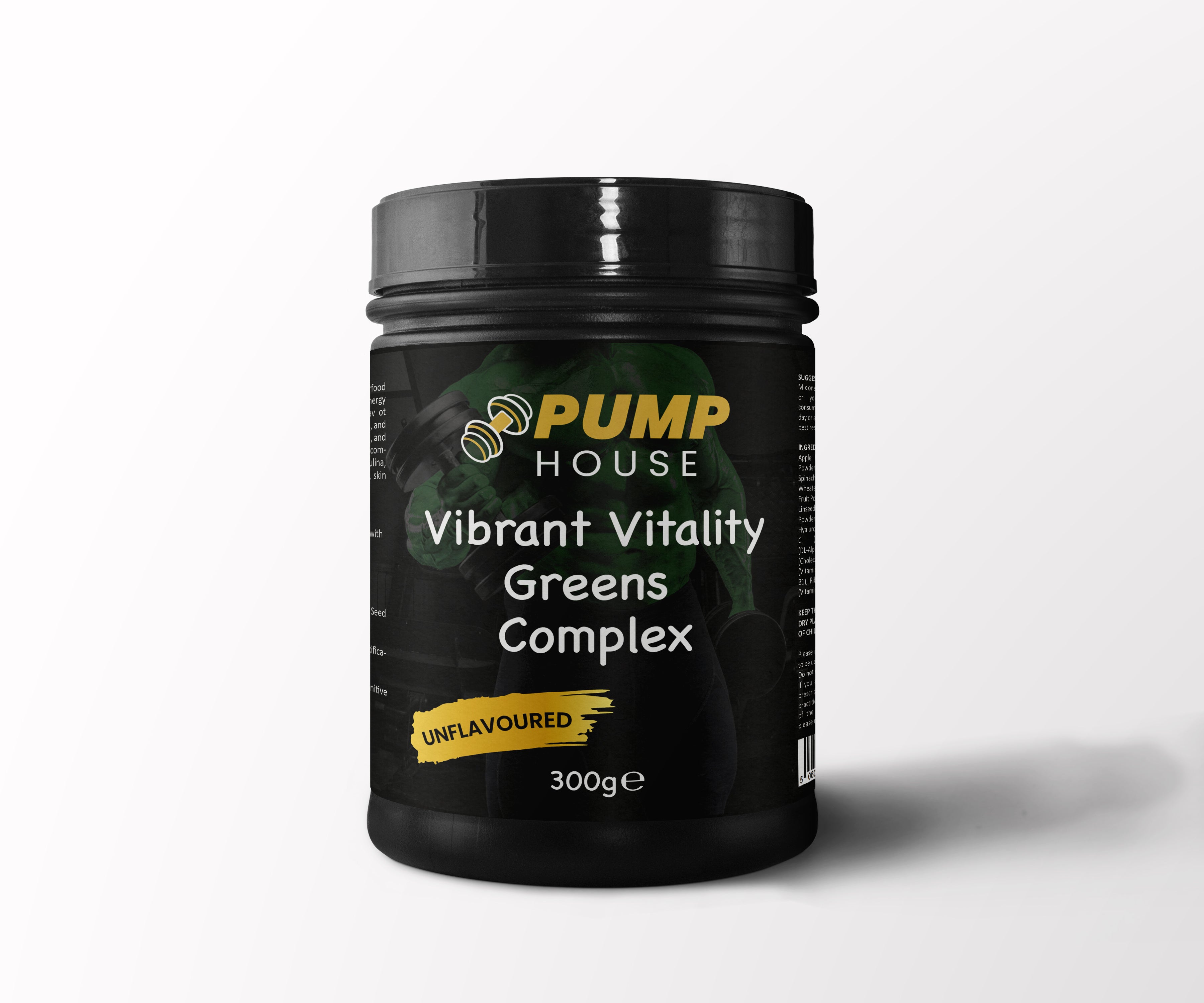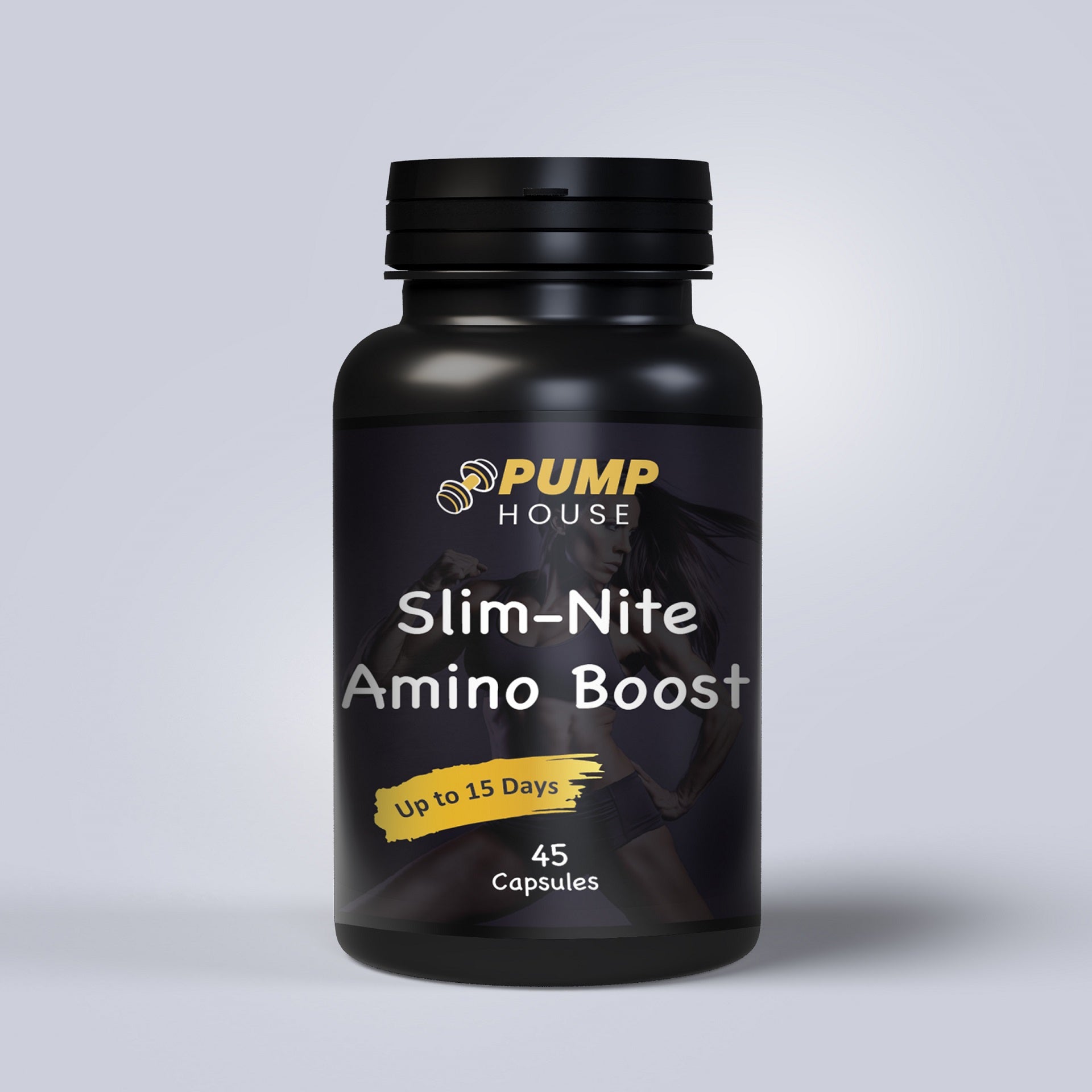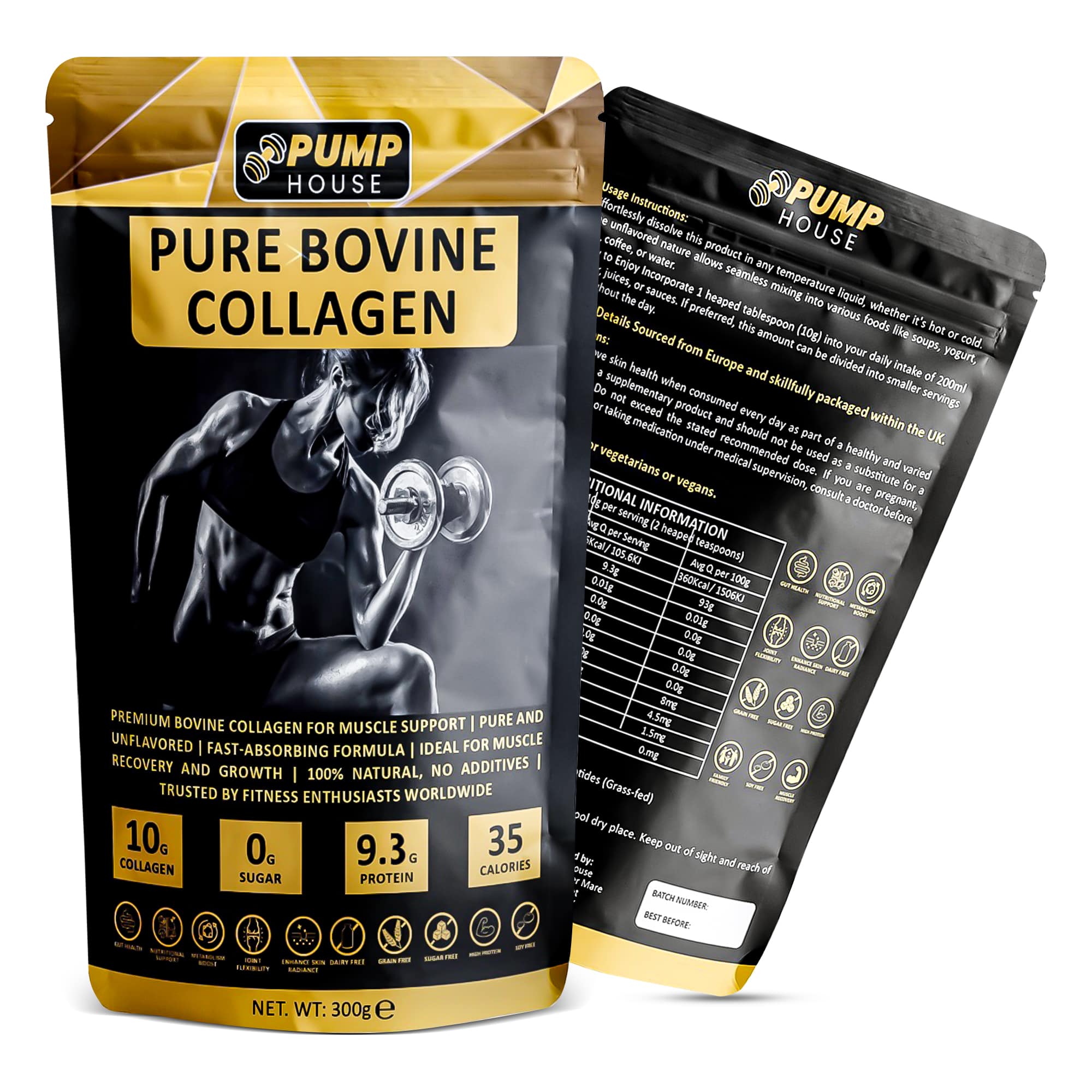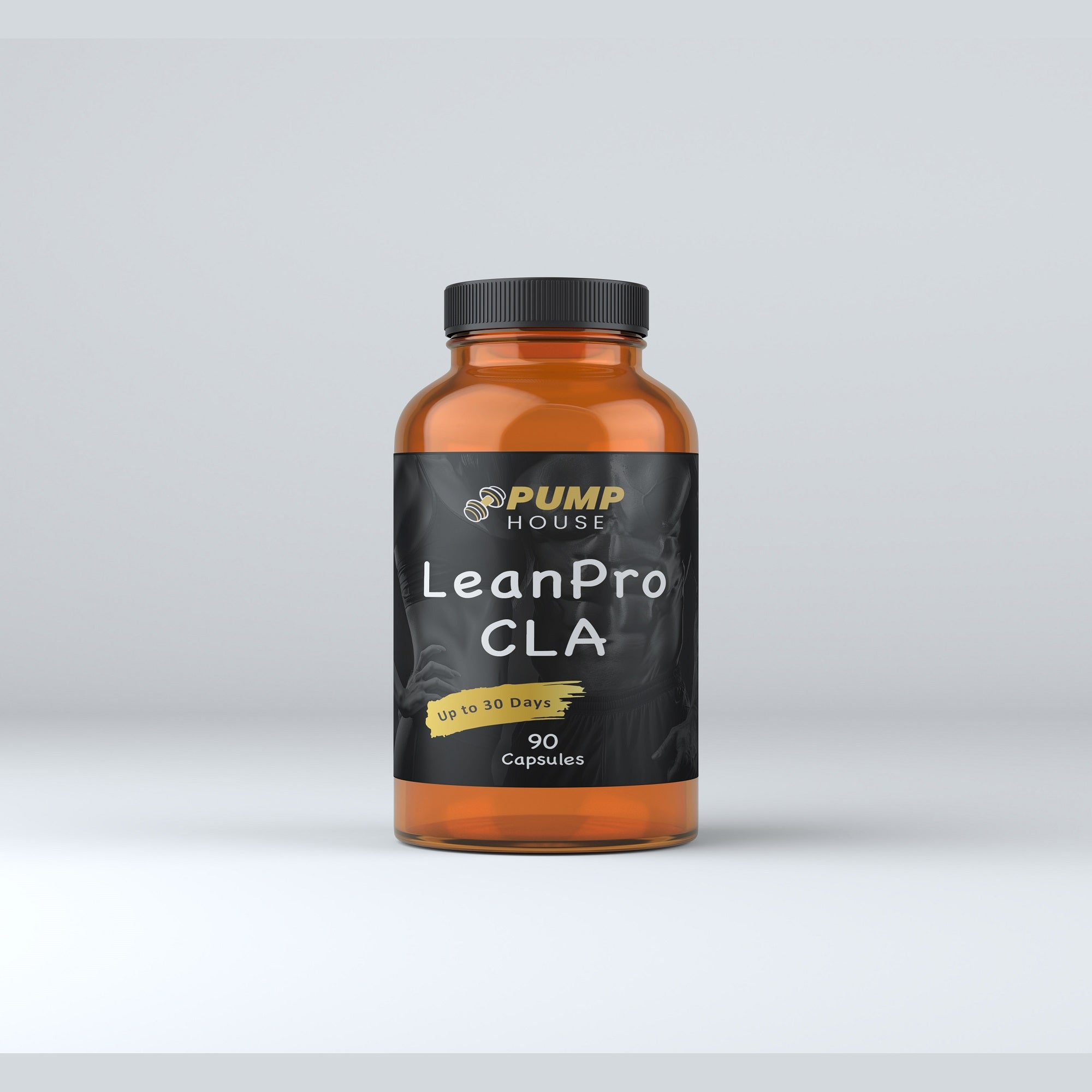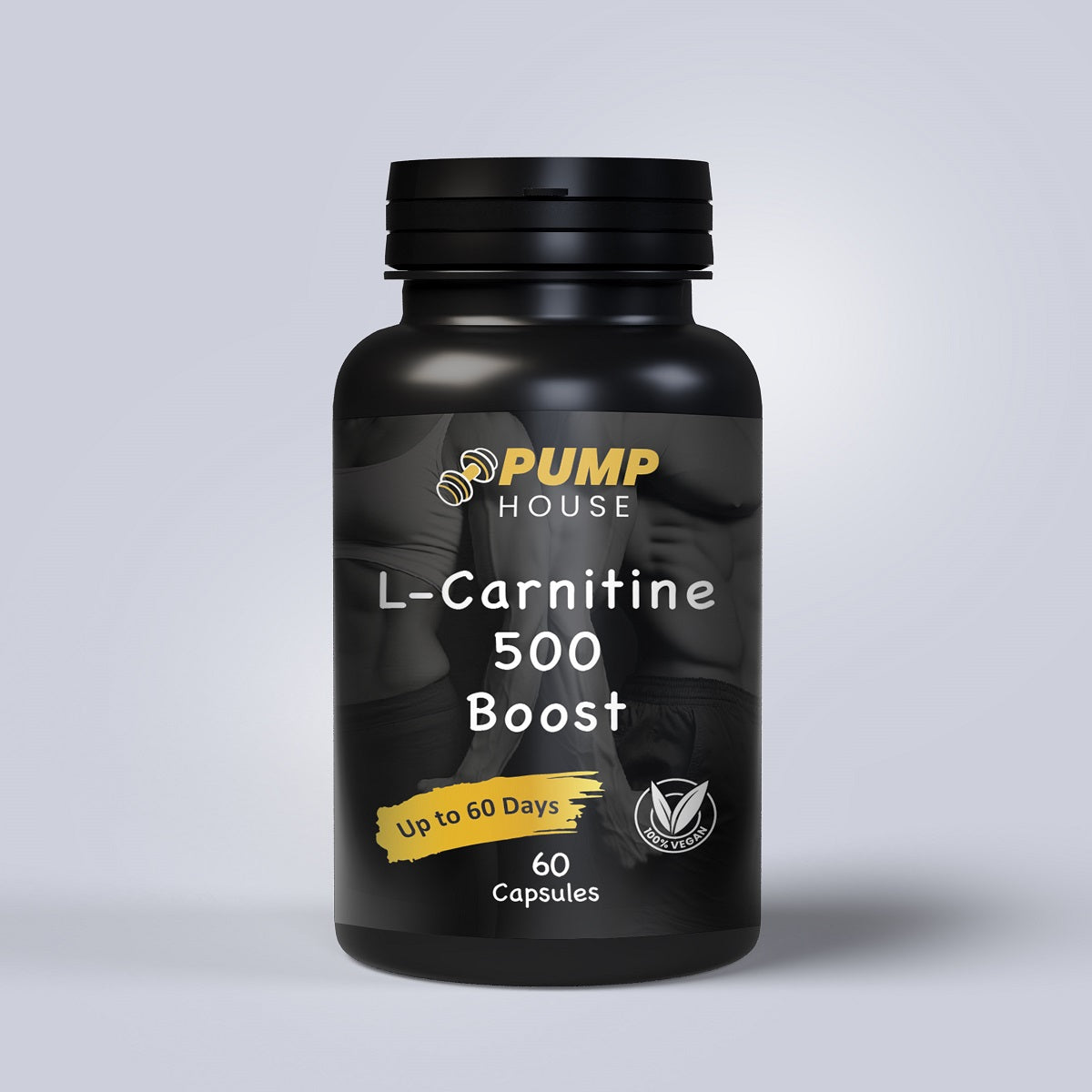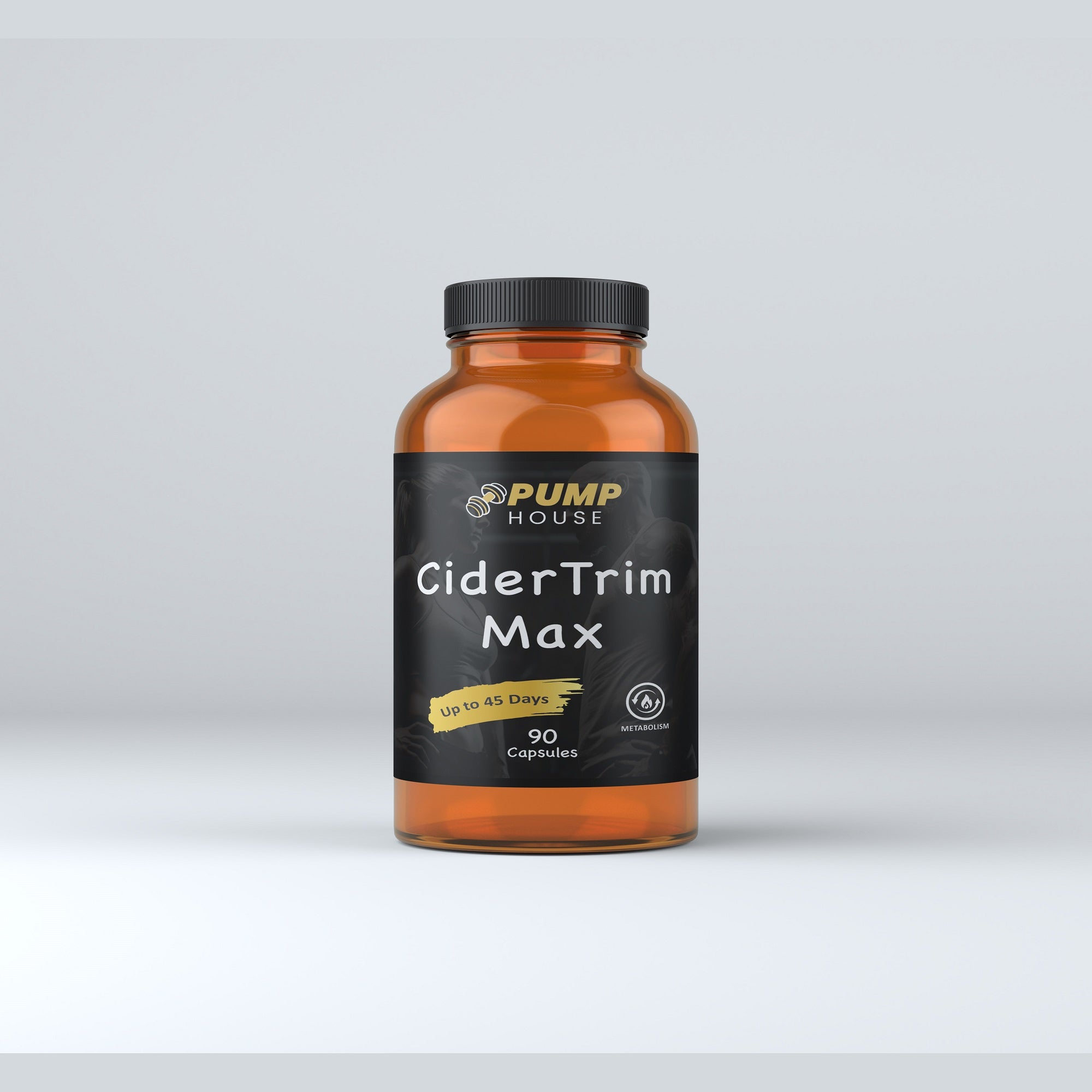
Sweat it Out: How to Stay Hydrated During Long-Distance Exercise
Sweat it Out: How to Stay Hydrated During Long-Distance Exercise
Introduction: The Importance of Hydration During Long-Distance Exercise
Hydration is a crucial aspect of long-distance exercise, whether you're running a marathon, cycling for hours, or participating in a triathlon. Staying properly hydrated is essential for optimal performance and overall health during these endurance activities. Dehydration can lead to decreased performance, fatigue, and even serious health risks.
When you engage in long-distance exercise, your body temperature rises, and to cool down, your body produces sweat. Sweat is made up of water and electrolytes, such as sodium and potassium. The evaporation of sweat from your skin helps regulate your body temperature. However, this process also leads to fluid loss, which can result in dehydration if not properly replenished.
Understanding the Science Behind Sweat and Dehydration
Sweating is the body's natural mechanism for cooling down during exercise. As you exert yourself, your body temperature rises, and to maintain homeostasis, your body produces sweat. Sweat is mostly composed of water, but it also contains electrolytes, such as sodium, potassium, and chloride.
When you become dehydrated, your body loses more fluid than it takes in, leading to an imbalance in electrolytes and a decrease in blood volume. This can have a significant impact on your performance and overall health. Dehydration can cause fatigue, muscle cramps, dizziness, and even heat exhaustion or heat stroke in severe cases.
How Much Water Should You Drink Before, During, and After Exercise?
Proper hydration before, during, and after exercise is crucial for maintaining performance and preventing dehydration. The amount of water you need to drink depends on various factors, including the duration and intensity of your exercise, as well as environmental conditions.
Before exercise, it is recommended to drink about 16-20 ounces (500-600 ml) of water two to three hours before your workout. This will ensure that you are adequately hydrated before you start. During exercise, aim to drink about 7-10 ounces (200-300 ml) of water every 10-20 minutes, depending on your sweat rate and the intensity of your activity.
After exercise, it is important to replenish the fluids you have lost. Drink about 20-24 ounces (600-700 ml) of water for every pound (0.5 kg) of body weight lost during exercise. This will help restore your hydration levels and aid in recovery.
Electrolytes: What They Are and Why They Matter
Electrolytes play a crucial role in hydration and performance during long-distance exercise. They are minerals that carry an electric charge and are essential for various bodily functions, including maintaining fluid balance, transmitting nerve impulses, and contracting muscles.
During exercise, you not only lose water through sweat but also electrolytes. Sodium, in particular, is the most significant electrolyte lost through sweat. When you lose too many electrolytes, it can lead to an imbalance in your body, affecting your performance and overall health.
To replenish electrolytes during exercise, you can consume sports drinks or electrolyte supplements. These products contain a combination of water, carbohydrates, and electrolytes, providing a quick and efficient way to replenish what you've lost. However, it is important to note that not all sports drinks are created equal, and some may contain excessive amounts of sugar or artificial ingredients. Choose a sports drink that is low in sugar and contains a balanced amount of electrolytes.
The Best Foods and Drinks to Keep You Hydrated During Exercise
In addition to water and sports drinks, certain foods and drinks can help with hydration during exercise. Fruits and vegetables with high water content, such as watermelon, cucumbers, and oranges, can provide both hydration and essential nutrients. Coconut water is another excellent option as it is naturally rich in electrolytes.
If you prefer solid foods during exercise, opt for easily digestible snacks like energy bars or gels that contain a balance of carbohydrates, protein, and electrolytes. These can provide sustained energy and help maintain hydration levels.
The Dangers of Overhydration and How to Avoid Them
While it is crucial to stay hydrated during long-distance exercise, it is equally important to avoid overhydration, also known as hyponatremia. Hyponatremia occurs when you drink more water than your body can excrete, leading to a dilution of sodium levels in your blood.
Symptoms of hyponatremia include nausea, headache, confusion, seizures, and in severe cases, coma or death. It is more common in endurance events where participants consume excessive amounts of water without adequately replenishing electrolytes.
To prevent overhydration, it is important to listen to your body's thirst cues and drink when you are thirsty. Additionally, consuming electrolyte-rich foods and drinks can help maintain the balance of electrolytes in your body.
Tips for Staying Hydrated on Long-Distance Runs or Rides
Staying hydrated during long-distance runs or rides can be challenging, especially if you are participating in events that last for several hours. Here are some tips to help you stay hydrated:
1. Plan your hydration strategy: Before your event, create a hydration plan that includes when and how much water or sports drink you will consume at regular intervals. Stick to this plan to ensure you are consistently replenishing fluids.
2. Carry fluids with you: Invest in a hydration pack, belt, or handheld bottle that allows you to carry water or sports drink with you during your run or ride. This way, you can hydrate whenever you need to without relying on aid stations.
3. Set reminders: If you tend to forget to drink during exercise, set reminders on your watch or phone to prompt you to take sips of water or sports drink at regular intervals.
4. Monitor your urine color: One way to gauge your hydration levels is by monitoring the color of your urine. If it is pale yellow, you are likely adequately hydrated. If it is dark yellow or amber, you may be dehydrated and need to drink more fluids.
Hydration Strategies for Different Types of Endurance Sports
Different types of endurance sports have varying hydration needs due to differences in intensity, duration, and environmental conditions. Here are some specific hydration strategies for different types of endurance sports:
1. Running: For long-distance running, it is important to carry fluids with you or plan your route around water fountains or aid stations. Aim to drink about 7-10 ounces (200-300 ml) of water or sports drink every 10-20 minutes, depending on the intensity of your run and the temperature.
2. Cycling: Cyclists can benefit from using a hydration pack or attaching water bottles to their bike frame. Aim to drink about 20-24 ounces (600-700 ml) of water or sports drink per hour of cycling, adjusting based on temperature and intensity.
3. Triathlons: In triathlons, hydration needs can vary depending on the distance of the event. For shorter distances, you may be able to rely on aid stations during the race. However, for longer distances, it is important to carry fluids with you and have a hydration plan in place for each leg of the race.
Hydration Tools and Accessories to Make Your Workouts Easier
There are various hydration tools and accessories available that can make staying hydrated during exercise easier. Here are some options to consider:
1. Hydration packs: These backpack-like systems have a bladder that holds water and a tube with a bite valve for easy drinking. They are popular among runners, hikers, and cyclists as they allow for hands-free hydration.
2. Handheld bottles: These are small bottles that you can hold in your hand while running or walking. They are convenient for shorter distances or when you prefer to have quick access to fluids.
3. Waist belts: Waist belts or hydration belts have pockets or holsters for water bottles. They are popular among runners and walkers who prefer not to carry a backpack or handheld bottle.
4. Water bottles with built-in filters: If you are exercising in areas where clean drinking water may not be readily available, consider using a water bottle with a built-in filter. This allows you to refill your bottle from natural water sources without worrying about contaminants.
Conclusion: Making Hydration a Priority for Optimal Performance and Health
In conclusion, hydration is a critical aspect of long-distance exercise. Staying properly hydrated is essential for optimal performance and overall health. Dehydration can lead to decreased performance, fatigue, and even serious health risks.
Understanding the science behind sweat and dehydration, as well as knowing how much water to drink before, during, and after exercise, is crucial for maintaining hydration levels. Electrolytes play a significant role in hydration and performance, and replenishing them during exercise is important.
By incorporating the right foods and drinks into your exercise routine, monitoring your hydration levels, and using the appropriate hydration tools and accessories, you can ensure that you stay properly hydrated during long-distance exercise. Prioritizing hydration will not only improve your performance but also contribute to your overall health and well-being.
If you're interested in learning more about the benefits of hydration for endurance sports, you might also want to check out this related article on the Pump House UK website: "The Ultimate Guide to Bovine Collagen: How It Can Help Your Joints." This informative piece delves into the science behind bovine collagen and its potential for improving joint health. To read more, click here.

